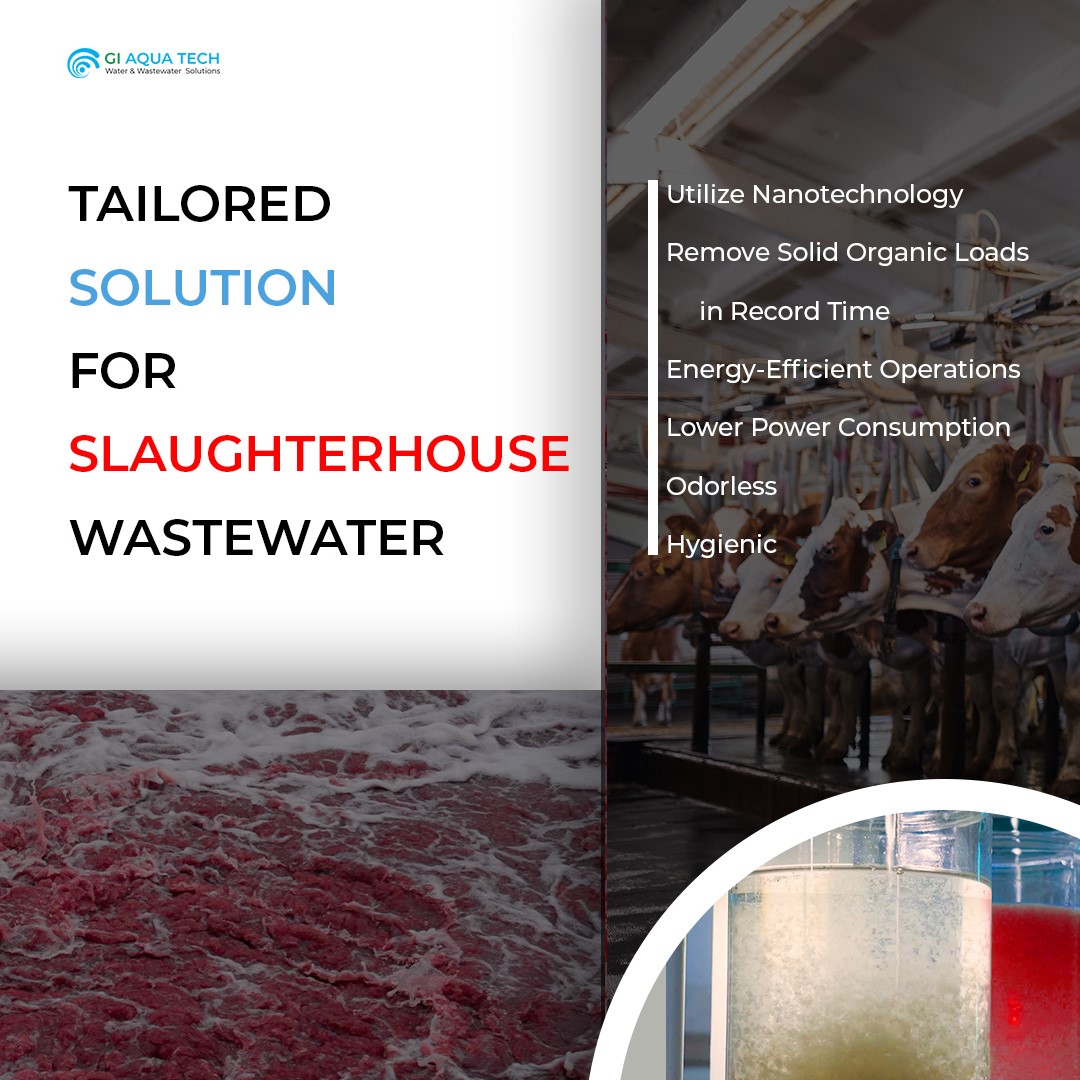Wastewater from slaughterhouses is one of the most dangerous industrial wastewater to the environment, as classified by the US Environmental Protection Agency (EPA). The inadequate disposal of slaughterhouse wastewater causes river deoxygenation and groundwater pollution.
Effluent from slaughterhouses can contaminate the surface and groundwater because blood, fat, manure, urine, and meat tissues are lost to the wastewater streams. Blood is one of the major dissolved pollutants in slaughterhouse wastewater and the most dangerous. If the blood from a single cow remains is allowed to discharge directly into a sewer line, the effluent load would be equivalent to the total sewage produced by 50 people on an average day!
This issue will continue to grow because slaughterhouses use a large amount of water in processing operations, producing a large amount of wastewater. For example, the meat processing industry consumes 29% of the total freshwater used by the agricultural sector worldwide. This number is expected to increase because the global production of beef and poultry meat is projected to grow steadily until 2050.
There are various methods for treating slaughterhouse wastewater. Still, conventional methods come with infamous problems like high electricity consumption, high biological oxygen demand, high costs, or unpleasant odor, making the whole operation unpleasant to local authorities.
The GNANO technology, developed by GI Aqua Tech, provides unconventional solutions to these challenges. GNANO can treat large quantities of wastewater in a very short time and doesn’t require continuous operations, making it cost-efficient and decreasing energy consumption. The solution is also effective. Its materials deal with organic matter, whether high or low. It can eliminate the phosphorus and nitrogen problem, hence providing reclaimed water not only clean but also purified from unpleasant odors.
